It wasn't that long ago that I'd never heard of kefir. I stumbled across this fabulous probiotic drink almost a year ago now whilst I was researching probiotics for gut health. The article I was reading talked about fermented milk from kefir grains being a highly potent source of naturally occurring probiotics.
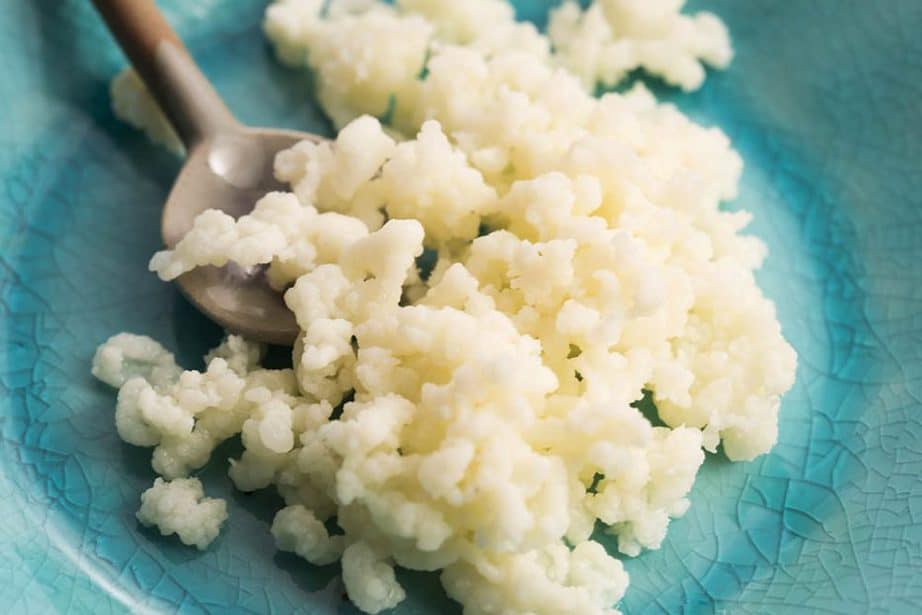
We all know that yoghurt contains good bacteria, but what most people don't realise is there are only one or two strains of useful bacteria present in our yoghurt. These bacteria are usually added after fermentation because the bacteria used to ferment yoghurt is generally killed off by the acid content of our digestive system. A more resilient bacteria is added after the yoghurt fermentation has taken place.
Kefir is actually a much more potent source of probiotics. The probiotics contained in Kefir drinks are able to withstand the varying levels of acid in our digestive system. Meaning they arrive intact to our gut.
Kefir grains contain about 25 strains of beneficial bacteria and 8 different helpful yeasts strains, making it a very rich and diverse probiotic source.
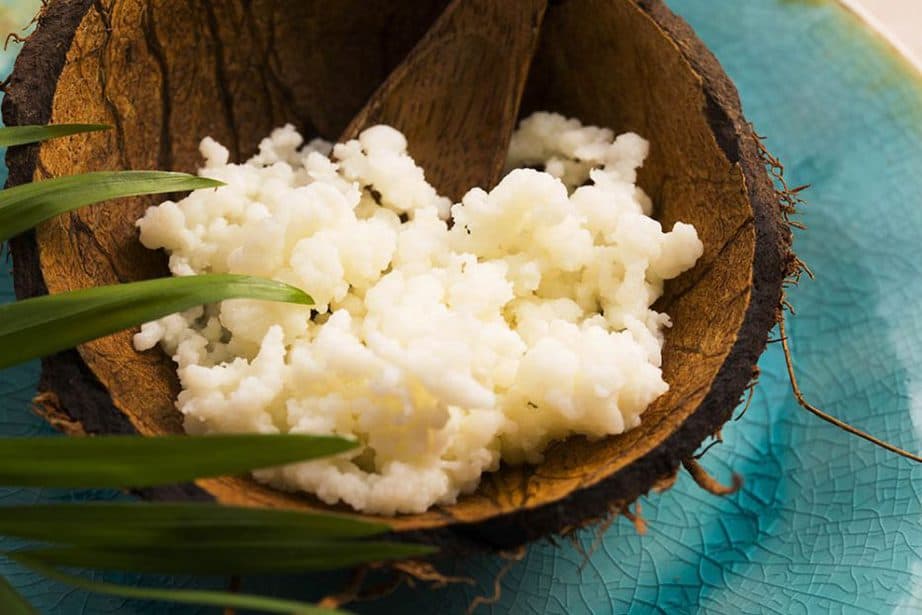
What is Kefir?
Milk Kefir has a long history of being used as a health drink and is thought to have originated near Turkey.
Milk kefir is a thin drinking yoghurt. The consistency is slightly thicker than milk and is more creamy. The taste is very lightly tart, like a mild yoghurt.
How do you make Milk Kefir?
Kefir grains are a living cluster of beneficial yeast and bacteria. When you add the grains to milk the bacteria and yeast feed off the sugars in the milk and cause fermentation to occur.
To start making kefir milk you need to purchase Kefir grains. You will only ever need to buy grains once as these living organism will stay alive forever with the right food source.
Check out this step by step recipe and method for making Milk Kefir.
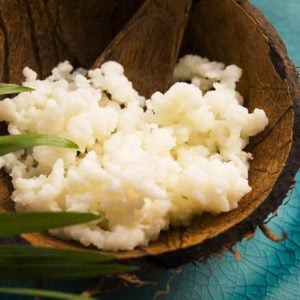
Milk Kefir Grains
Ingredients
- 250 ml whole milk
- 5 gm Kefir grains extra is okay
Instructions
- In a glass jar add the kefir grains to milk.
- Allow the kefir to sit at room temperature for 12 - 24 hours.
- Using a plastic tea strainer separate the kefir grains from the milk.
- Refrigerate or drink the kefir milk and add fresh milk to the grains.
- Repeat the process daily.
Notes
Nutrition
In short, each day you will add at least 1 teaspoon of milk kefir grains to 250ml of milk. Place the two ingredients in a jar with a screw top lid. Place the jar on the bench or in a cupboard out of direct sunlight. I like to also put a cloth over the jar to discourage fruit flies.
Within 24 hours this process will result in one cup of milk kefir being produced. To enjoy the drink you simply strain off the kefir grains and use the milk in smoothies or as a drink. The kefir grains left in the strainer are then added back into the jar and given another cup of milk, and so the process continues.
I purchased my kefir grains from Nourish organics nearly 12 months ago and they're still alive and healthy.
Will My Kefir Multiply?
Yes, Kefir grains are living and they will multiply. Healthy Kefir grains will multiply quite quickly.This is a great way to be sure your grains are doing well. As you only need a teaspoon to make 250mls of kefir per day you will find you quickly have an abundance.
You have three options:
- Start a kefir hotel (like a SCOBY hotel, just add extra grains to a jar of milk which stays permanently in the fridge)
- Give the excess kefir grains to friends.
- Just throw them away when there are too many.
What are the Health Benefits of Kefir?
Kefir is a probiotic which helps maintain a healthy digestive system. There are countless scientific articles looking at the links between gut flora diversity and health. Research suggests that probiotics may be helpful for these conditions;
- Boosts immune system
- Strong Anti-inflammatory
- Optimises digestion and utilisation of nutrients from food consumed
- Alkalizes and detoxifies the body
- Rich in B Group Vitamins and Minerals
- Weight Loss
- Cancer Prevention
- Treatment of digestive and skin disorders (Acne, IBS, Crohn's, Leaky Gut, Indigestion, Bloating)
- Excema
- Diabetes
If you don't have a friend with kefir grains take a look at the Nourish organics website for your own grains for sale.
What should you do with your kefir grains when you're on holidays?
Kefir grains are like pets! At room temperature, they need feeding every day which can seem a little demanding, especially when you want to go on holidays. No need to worry! Simply add your kefir grains to the jar of fresh milk and place the jar in the fridge. The kefir grains will take far longer to consume all the sugar from the milk. Even if they do run out of sugars the Kefir won't die. I had my kefir in the fridge for five months without changing the milk at all. When I wanted to recommence making kefir milk I simply strained the grains and added them to a fresh jar of milk. I left the milk kefir mixture in the pantry and the next day my kefir drink was perfect.
Recipes for Kefir Milk
Kefir Mango & Passionfruit Smoothie
Healthy Kefir Salad Dressing
Kefir Grains Verses Kefir Granules
These two products are very different! By now I'm sure you have a good understanding of Kefir grains. Kefir granules are a manufactured product and have a limited lifespan. They're probably best likened to a yoghurt culture. It will culture 2 or 3 batches of milk but the effect lessens with each use.
Some other Probiotic foods
Looking to add more probiotics to your diet. Here is a list of some foods which are high in probiotics. Take a look at the list below;
Kombucha - Beginners Guide
Kombucha -Second Ferment
Miso
Kimchi - A Basic Recipe
Saurkraut
Jun
Pickled Vegetables
Lets Connect!
Do you want to connect with other pro-biotic warriors? Join the DYI Fermenting FB group page and connect with others? I share loads of great recipes and tips on the page.
Also, if you would like to be notified when more pro-biotic recipes are released please subscribe to our newsletter. We only send a newsletter to our friends when we have a recipe to share.

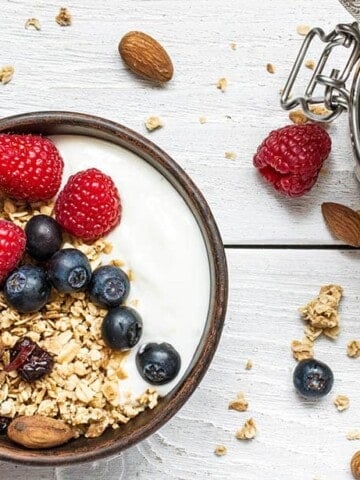
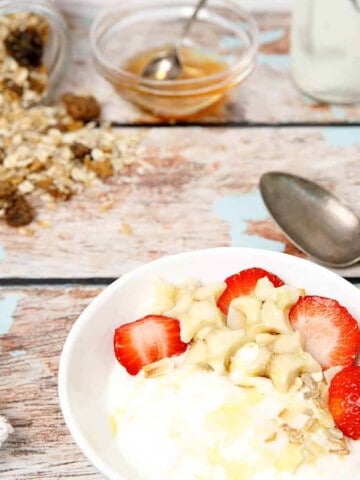
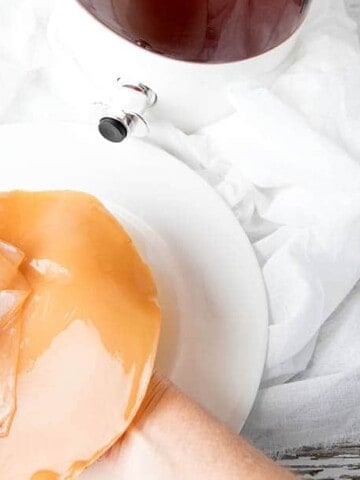
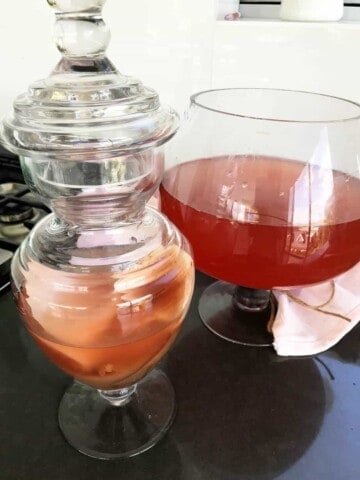
Robin says
Recipes look good!
Connie says
You can also EAT the extra kifer grains if you have too many. No need to throw away. In texture they are a bit chewy like tiny gummy bears. Some people also feed them to their pets
Julie Carlyle says
Wow!!
Thank you so much Connie for your tip! That's great to know as mine multiply so quickly 🙂
Julie
Bronwyn says
Hi. Can you use a metal tea strainer? I am having difficulty finding a plastic one.
Also, I accidentally left the lid off my jar overnight. Will it be spoilt?
Julie Carlyle says
Hi Brownyn
As long as you have healthy grains it shouldn't matter if you use a metal strainer. It is supposed to be plastic but I've used both! The lid is only to keep the fruit flies out, the kefir won't spoil, it will still be safe as long as there are no fruit flies about.
Thanks for messaging
j xx
Samantha says
Hi. Could you use lactose free milk or it has to be full cream ? thank you.
Julie Carlyle says
Hi Samantha,
This is a tricky question to answer. Some Lactose-free milk isn't actually completely lactose-free. Instead, it has lactase added, which makes the lactose easier for people with sensitivities to digest. Kefir grains live off the Lactose in milk and the fermentation process greatly reduces the lactose level. If the label includes lactase, the milk will contain enough lactose to feed the kefir grains. Fermentation usually takes 24 hours but if you strain the grains and leave the kefir in a sealed container for an extra day or two the lactose is further reduced. This is known as "ripening".
I hope this helps 🙂
j